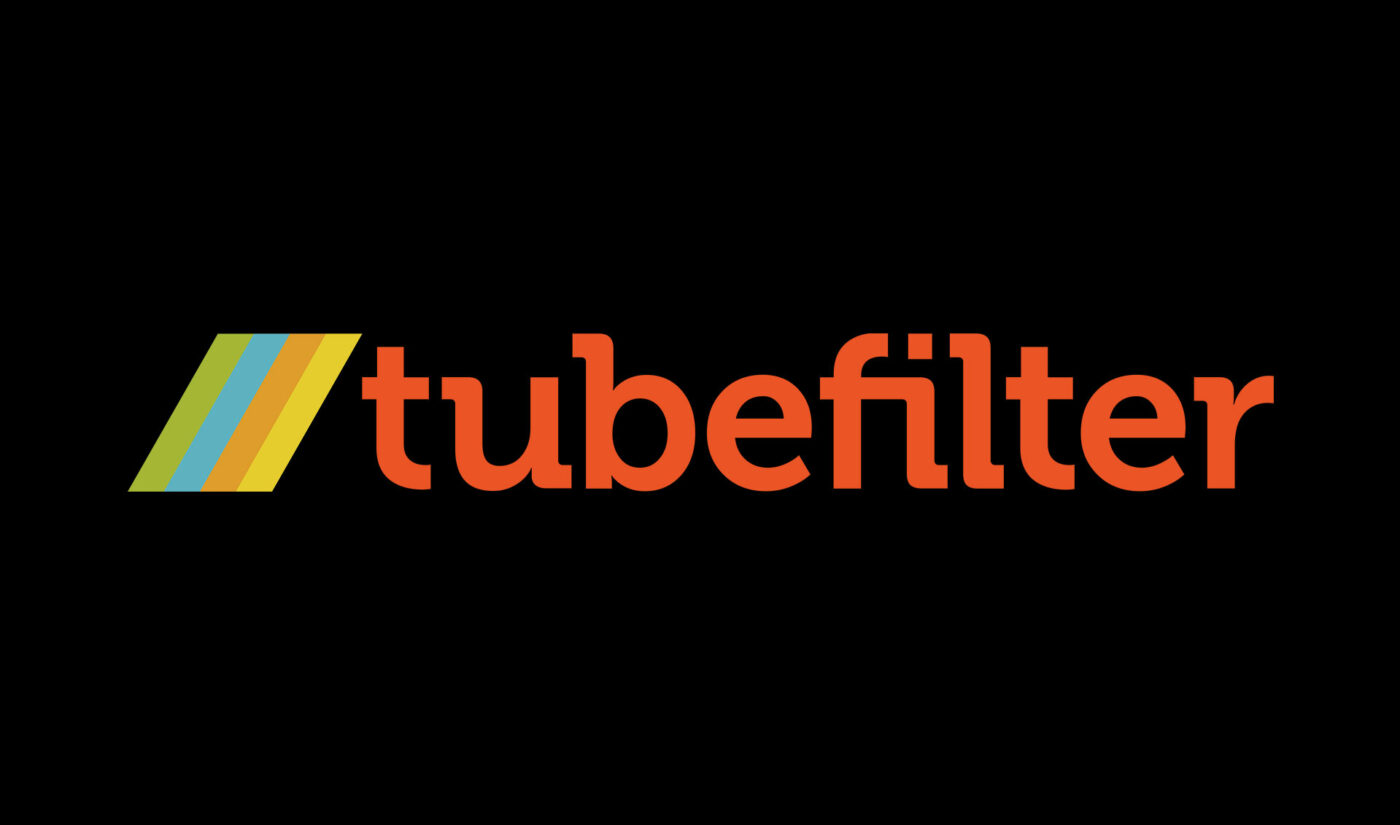Last October, the 170 year-old consumer products manufacturing behemoth, Proctor & Gamble released Released. Presented by Dawn dish soap through “P&G’s Classic Soaps” channel on AOL, the eight-part original program documents the story of an environmentally friendly, mother-daughter team who save birds caught in the aftermath of an oil spill.

Subscribe to get the latest creator news
Around the same time, the conglomerate’s Always feminine care products arm launched the spoof site Men With Cramps. Through an elaborate interactive interface with an accompanying video documentary, the site posited with faux science that, throughout all of history, men too have been plagued by that time of the month.
Perhaps Procter & Gamble wanted to display their altruism and show that they’re just as tough on oil as they are on grime, and they probably wanted to show internet savvy, female post-pubescents just how cool P&G can be. But for a company that’s credited with such innovative marketing tactics as creating the “soap opera,” sponsoring an environmental series and a viral ad campaign, no matter how clever, seems a little amateur.
Enter the corporation’s junior effort into the new media marketing space – Tide’s Crescent Heights. Instead of Tide sponsoring an advertising campaign or a show, Tide is the show. It’s web marketing gone pro. ###
Launched in September, the 10-episode series follows recent college grad Ashley as she moves from Small Town, Wisconsin to the hustle and bustle of LA, begins her first job, and navigates a new circle of friends, coworkers, and romantic interests in a sitcom style that appears to be a cross between Saved by the Bell without a laugh track and The Hills without the on-camera interviews.
Looking through the window into Ashley’s life, viewers will sporadically see a seemingly casually displayed Tide detergent bottle, while the characters’ clothes are always popping beautiful color-safe bleached chromaticities. The show’s just good (or bad) enough to watch and the advertising is just subtle enough to actually work.
In recent coverage of the series, New York Time’s Bob Tedeschi notes, “The initiative follows that of other marketers and retailers who have found that, especially among their younger customers, sometimes the best way to advertise is to, well, not advertise.” It’s a current trend among brands to create their own programming that’s not exactly advertising and not pure entertainment, but lies somewhere in between.
Companies are realizing that having Jack Bauer wear a specific pair of jeans or sponsoring an elimination event on Beauty and the Geek isn’t the only way to promote their message. They can create their own shows that showcase their products the way they want.
Forget about product placements on shows, the shows surround the products. To echo Matt Kirsch, as long as I’m entertained, I don’t mind.









